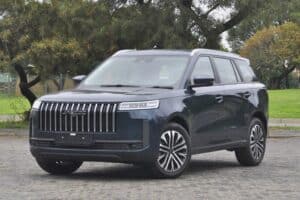Outlander Sport has a big task in winning back ground in the most crucial segment of the market, but is let down by a number of factors it should have done without.

Compared to its alliance partner, Renault, Mitsubishi has been having a tough time of late in regaining a proper foothold in the local market, more than even its other alliance partner, Nissan.
Whereas the Franco-Japanese pair have regularly been featuring within the top 10 best-selling marques on a monthly basis, Mitsubishi has struggled to even reach the top 15, a trait unlikely to improve soon with the ongoing influx of Chinese brands.
ALSO READ: Wait over: Mitsubishi Xforce priced as renamed Outlander Sport
market the three diamonds, incidentally, withdrew from earlier this year, its downwards spiral could be attributed to a host of factors – chief of which is the likely lack of a volume selling SUV around theR350 000 to R400 000 mark.
In fact, its entry-level product, the Xpander, starts at R365 995 and comes in the shape of a seven-seat MPV.
Dual replacement
Prior to this, the marque offered two options; the ASX and Eclipse Cross, both having posted varying figures throughout their lifecycles
Having become significantly pricier since its controversial revival in 2018 as a coupe-styled SUV, the Pontiac Aztek-inspired Eclipse Cross is currently on run-out locally, and has already been replaced by the second generation all-electric Eclipse Cross EV based on the Renault Megane E-Tech in Europe.

Known in Japan as the RVR, the ASX has already been discontinued after a 15-year production run as one of the last products to use the GS platform that stems from the DaimlerChrysler era.
Since last year, the ASX name has been retained, but on a rebadged version of the Renault Captur, which went on sale in Australia earlier this month.

>For South Africa, neither will be offered as instead, Mitsubishi has opted for the Xforce sold since January locally as the Outlander Sport.
Shown at the Nampo Agricultural Expo in Bothaville in the Free State last year, the Outlander Sport, bar its name, has nothing in common with the normal Outlander as it uses the name, confusingly, applied to the North American version of the ASX.
The task ahead
Designed for developing markets, the Outlander Sport/Xforce originates from the same Bekasi factory in Indonesia as the Xpander, and indeed uses the same platform and powertrain.
Devised as slightly more of a premium entrant, the replacement for the ASX and soon, the Eclipse Cross, still starts well above R400 000 with a price tag of R429 990 for the entry-level GL.
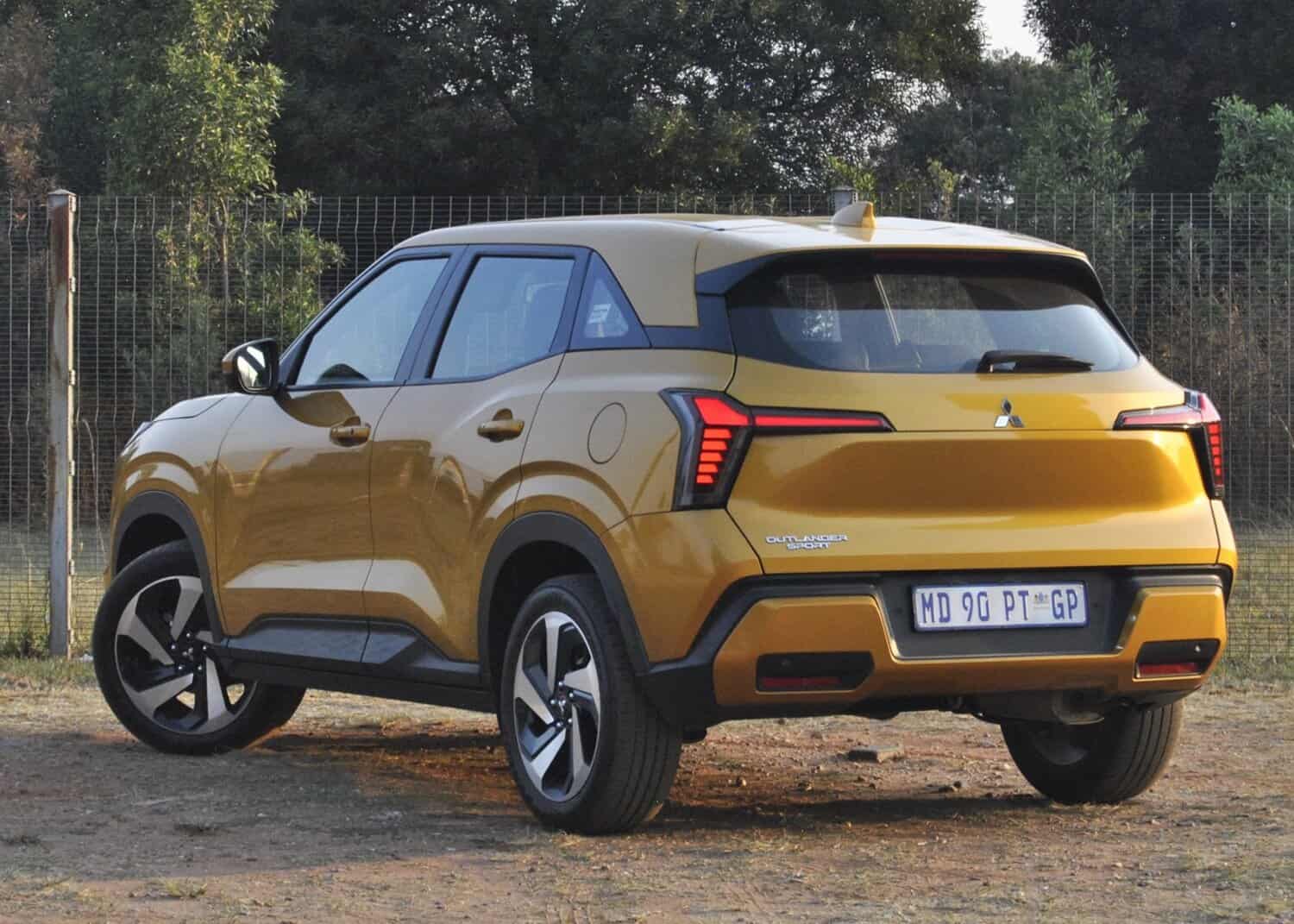
Tested here in Aspire guise, which sits a notch below the flagship Exceed at R479 900, the Outlander Sport finds itself in a spot occupied not only by the Suzuki Fronx/Toyota Starlet Cross twins, but also the bigger Grand Vitara and Urban Cruiser, the Kia Seltos and the Hyundai Creta.
Factor in the smorgasbord of Chinese options from Chery, its Omoda, Jaecoo and Jetour sub-brands, GAC, GWM Haval and MG, the Outlander Sport faces even more of a tougher task in a still growing but also crowded segment.
Different and distinctive
Known during the concept stages as the XFC, the Outlander Sport has been toned down very little in production guise, as it retains not only the split L-shaped headlight design, but also the latest X-shaped Dynamic Shield grille and a concave bonnet.
A variation of the latter called Silky and Solid, the uniqueness extends to the rear where the taillights also feature an L-motif that cuts into the tailgate.

More grown-up and a lot more distinctive than the ASX, the Outlander Sport also comes with 222 mm of ground clearance and, in the case of the Aspire, sporty 18-inch diamond-cut alloy wheels.
A design that stands out, despite the test unit’s Energetic Yellow paint option, the Outlander Sport not only banishes the memory of the ASX, but also the criticism labelled at the Eclipse Cross for being, arguably, the most eye-catching Mitsubishi product in some time.
Inside
This carries over to the interior, where, despite sharing its platform with the Xpander, the cabin feels a lot more substantial.
Highlighted by extensive use of physical switches and an attractive fabric material finish on the dashboard, which will, however, require a lot of attention to keep clean, the attractiveness has, sadly, not been extended to the fit-and-finish.
As some observes remarked, quality ranges from upmarket, to hard and clunky, particularly, on the centre console and doors.
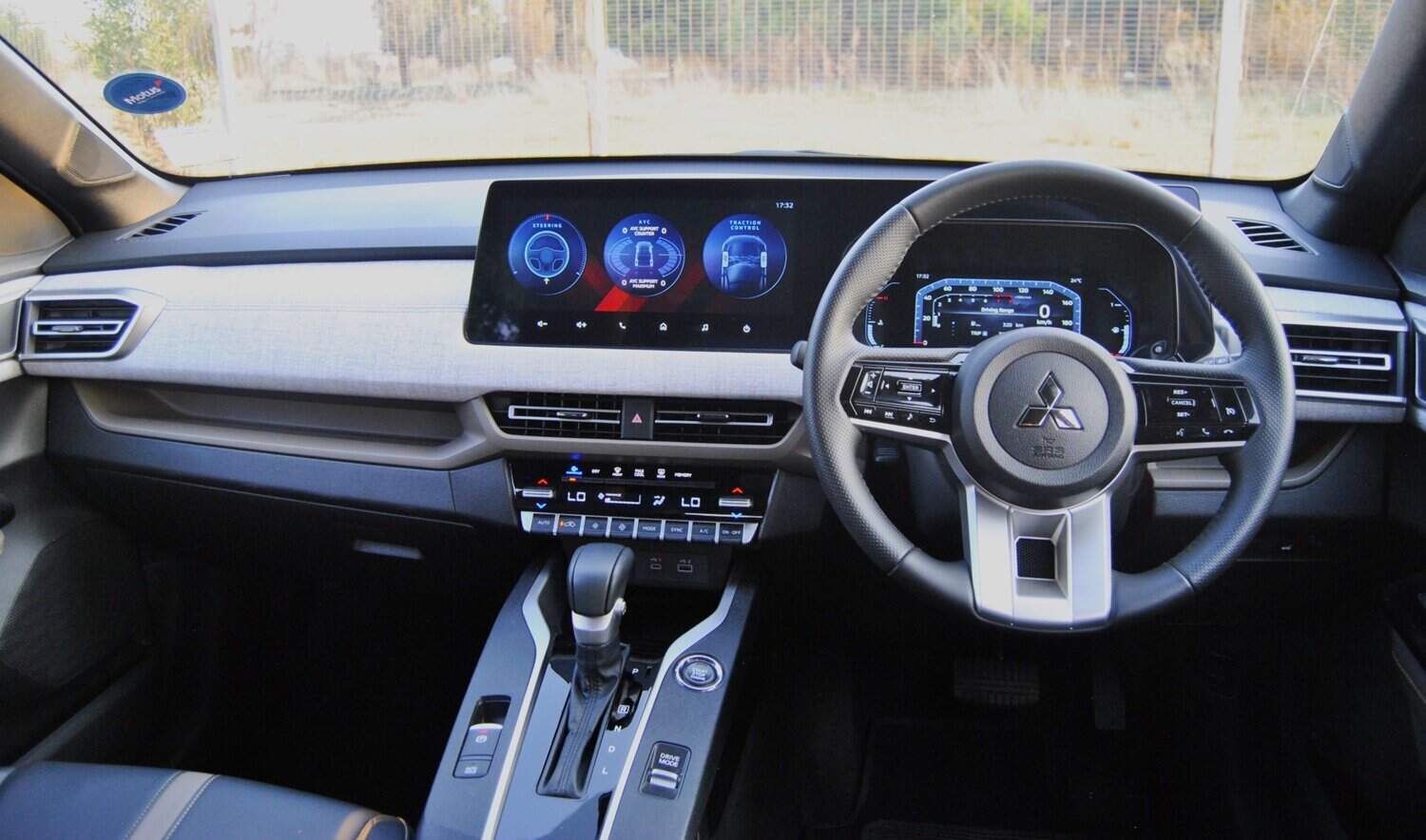
Although comfortable, the seats, finished in black imitation leather with brown inserts, still uses the awkward “wheel” mechanism to adjust the height.
For the driver, the result is a compromised position as the seat doesn’t drop all the way onto the floor. This means taller folk sit too high and are almost perched on top of the steering wheel rather than sitting behind it.
Ergonomically better adept with proper switches for the dual-zone climate control, the Outlander Sport’s centrepiece, an all-new eight-inch infotainment system, is also a mixed bag.
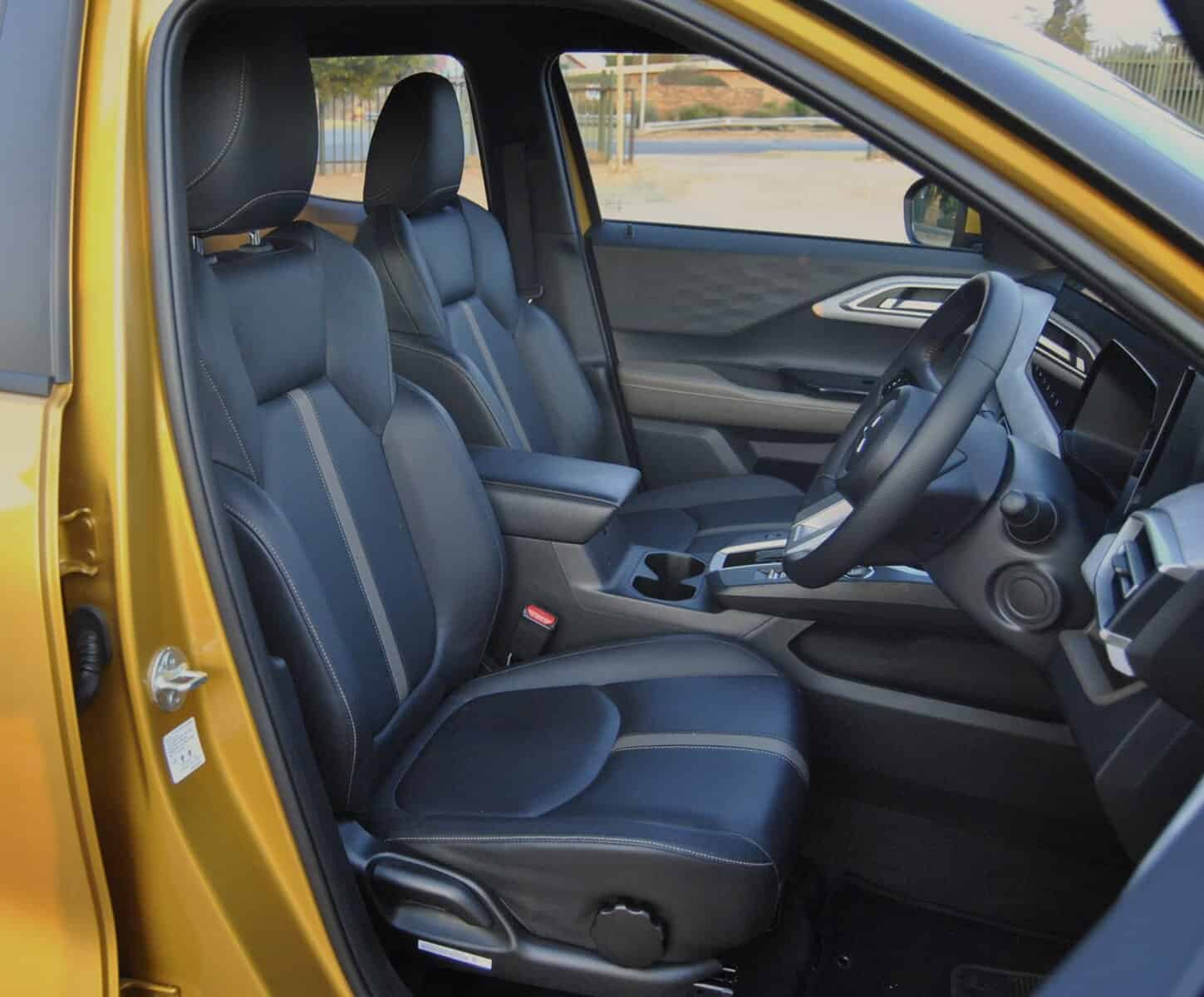
Flanking the equally good looking 12.3-inch digital instrument cluster, the system comes standard with Apple CarPlay and Android Auto, plus a series of readouts showing immediate power and torque outputs, G-force, steering input and how the Active Yaw Control system functions.
A clever nice-to-have, the system itself is not the most intuitive and will require a lot of familiarisation to get right.
What’s more, Mitsubishi has sought it good to omit not only a physical volume button, but equip the system with a background animation that runs live when the vehicle is stopped and freezes when moving. Fortunately, this can be swapped out for a “static” display.

Finished in less than adequate gloss black, the buttons on the steering wheel are of the physical kind and work well, though, as with the infotainment system, gauging the instrument cluster can become a mission.
Frustratingly, the trip computer would reset itself automatically each time the ignition was switched off for a predetermined amount of time, which required careful analysis to establish an eventual best consumption figure.
The interior’s foibles, along with a so-so six-speaker sound system, haven’t, however, impacted space.
Space and spec
Bizarrely, the Outlander Sport feels more spacious at the rear than in the front. Besides an abundance of head-and-legroom, a pair of USB ports have been included, along with rear air vents and a storage tray underneath the passenger’s seat only those at the rear can access.

Opening the electric tailgate reveals a generous boot, but Mitsubishi South Africa has declined to provide loading volume details.
Information from a number of publications in some of its main Asian markets, though, claims 393-litres with the 40/20/40 split rear back upright.
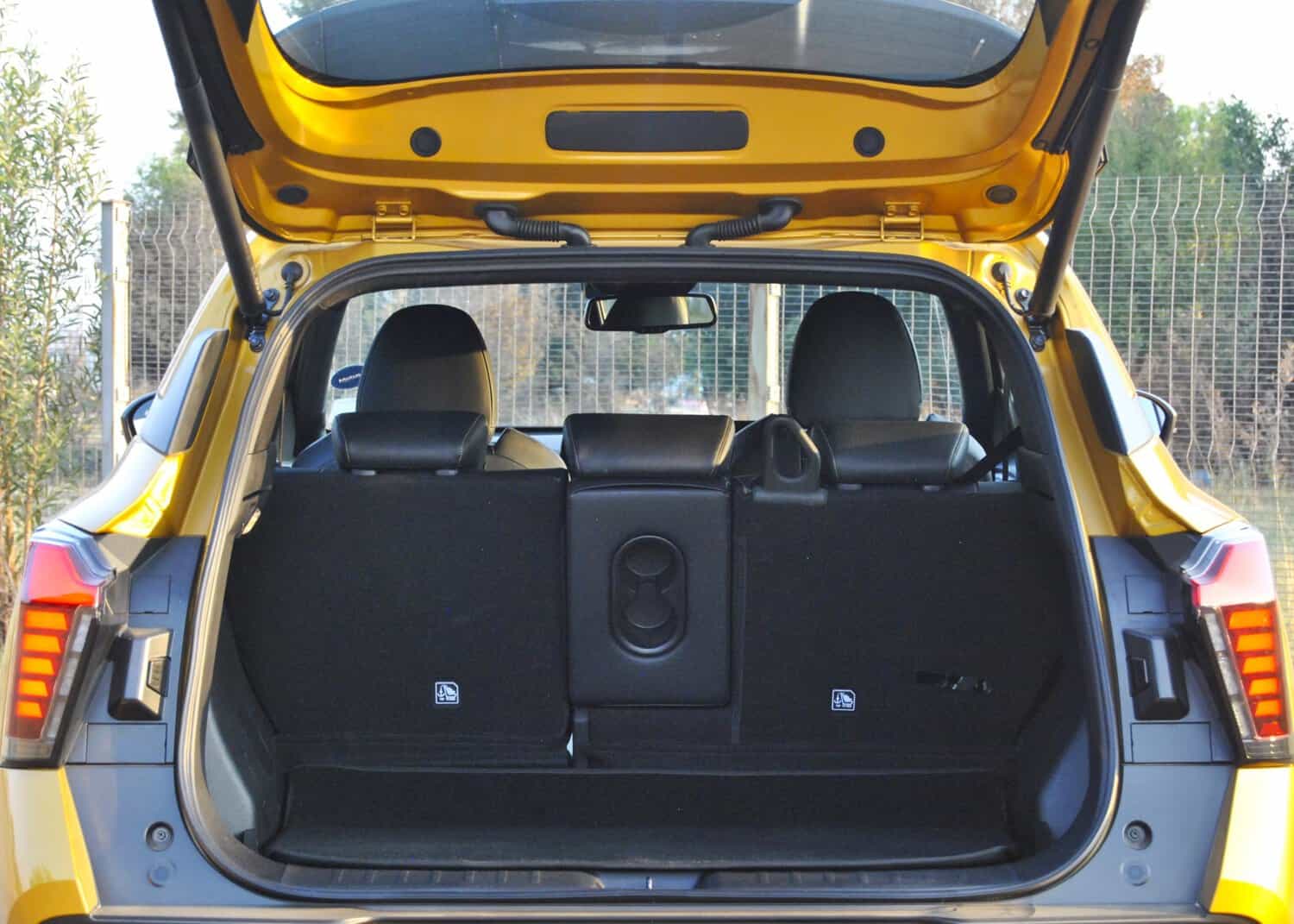
Besides the features already mentioned, the Outlander Sport Aspire’s other list of amenities includes auto on/off LED headlights, rain sense wipers, a wireless smartphone charger, cruise control, six airbags, a tyre pressure monitor and reverse camera, Blind Spot Monitoring, Rear Cross Traffic Alert, rear parking sensors and Hill Start Assist.
More puff needed
As mentioned earlier, the Outlander Sport unravels on the move. Similar to most of its segment rivals, Mitsubishi has opted for a 1.5-litre engine, but, as in the Xpander, without a turbocharger and connected exclusively to a CVT.
Tasked with moving the Outlander Sport’s comparatively light 1 250 kg kerb mass, the engine’s 77kW/141Nm simply feels underpowered.
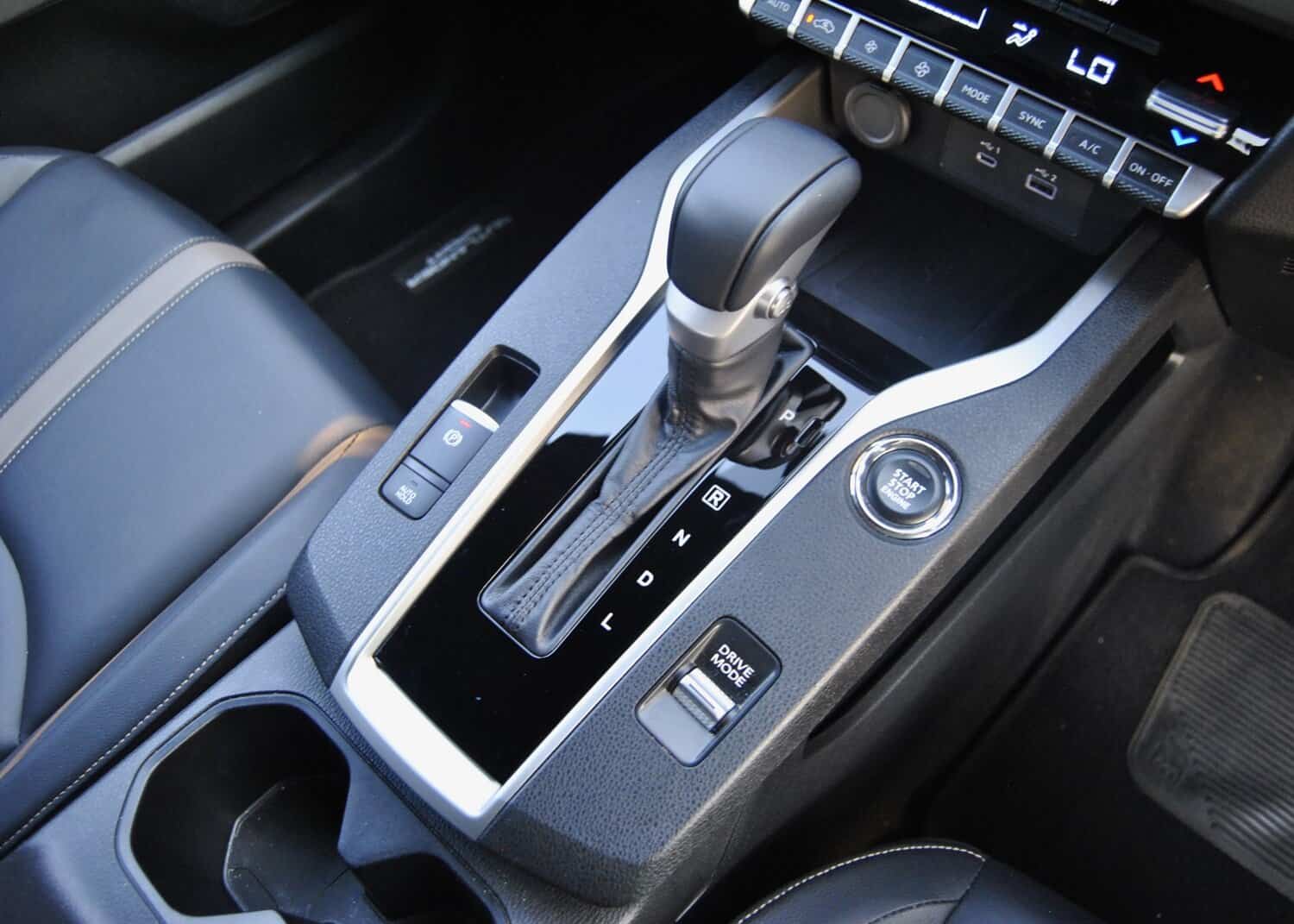
Badly in need of the turbocharged unit introduced with the Outlander Sport’s extended length seven-seat sibling, the Destinator, three months ago, the engine’s response is lethargic and makes the Outlander Sport feel sluggish.
Revving the engine to extract any usable go brings the dreaded CVT drone, which becomes almost unbearable when the revs climb.
Not helped by the lack of a manual override or paddle shifters, the ‘box is typically smooth and seamless at city speeds, but makes itself known when tasked with an incline or overtaking at the national limit.
Better dynamically
The bulking drivetrain is made even sadder by the fact that, dynamically, the Outlander Sport lives up to its name a bit by feeling nimble and with a light but not overly so steering.
A supple and well dampened ride, thanks to its bigger SUV-rivalling ground clearance, isn’t blunted by too much body roll as it feels composed and planted.
As standard, the Outlander Sport has been fitted with a drive mode selector comprising four settings; Wet, Normal, Gravel and Mud.
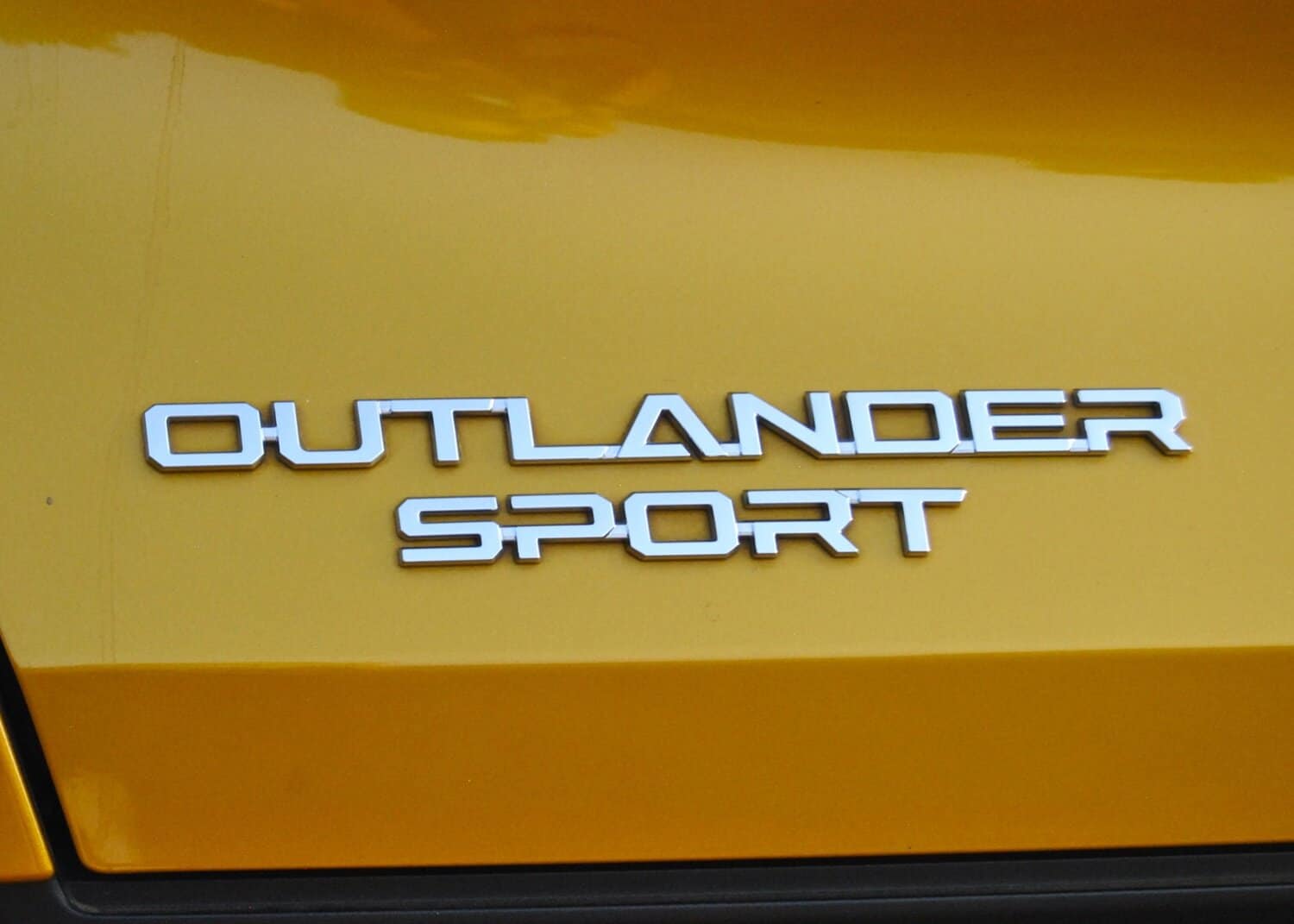
Unsurprisingly, Normal was selected throughout, however, the Gravel model was called upon once on an admittedly anything but demanding gravel road.
Here it still impressed as the ride didn’t firm up as much as expected, and wheelspin on the loose surface was reduced to not being present.
As irksome as the drivetrain proved to be, fuel consumption surprised as careful attention to the self-setting readout saw an overall best of figure of 6.1 L/100 km after the seven days and 348 km – 0.1 L/100 km up on Mitsubishi’s claim.
Conclusion
It goes without saying that a lot is riding on the Outlander Sport to win Mitsubishi crucial ground in what has become one of the most important segments in the country.
Sadly, and even at base level, the Outlander Sport comes as a missed opportunity given its price and a powertrain many now combat either with a normal torque converter auto ‘box, turbocharging or electrification in the case of some of the Chinese vehicles.
Honest, uncomplicated, decently equipped and something unique to look it is, the Outlander Sport, sadly, rates as another case of a well devised product not executed properly in a manner which, will, sadly, relegate it as a left-field offering for a select few. Pity.
NOW READ: VIDEO: New Mitsubishi Triton and Xforce debut publicly at Nampo






